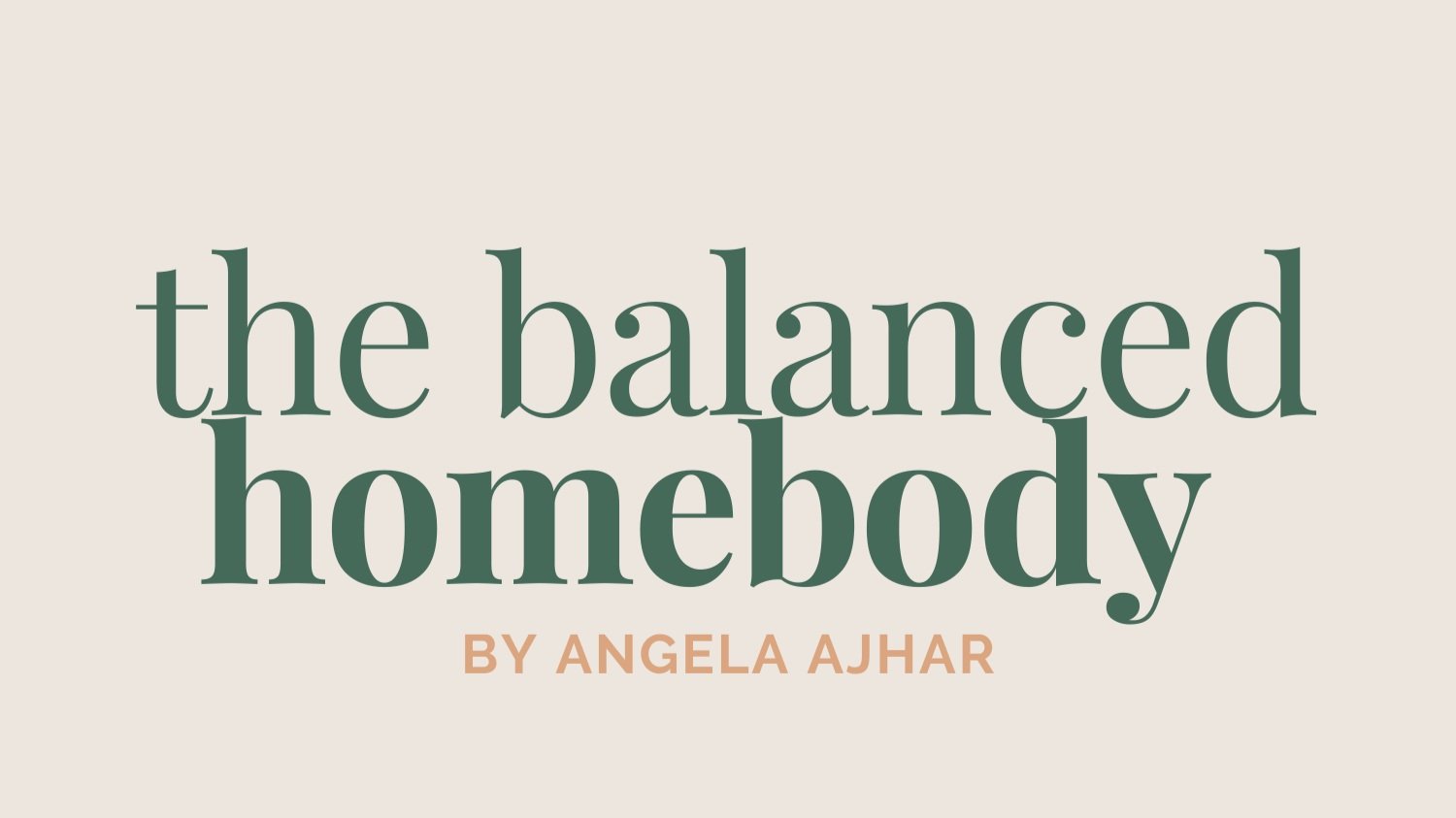Six Things to Reflect on Before Eating
Figuring out what to eat is not always the easiest task, especially when you have to do it multiple times a day, every day. But your next meal shouldn’t be taking up too much real estate in that big, beautiful brain of yours, either.
A big part of intuitive eating is always trying to maintain an open line of communication between our bodies and our minds. While it seems like a daunting task at first, regularly checking in with yourself can become second nature with time and practice. Reflect on the first few months with a healthy long-term partner. Your first few conversations may have been slightly awkward. It may have taken a few dates to really get to the deep stuff. Maybe it took you a few months to fully understand and jive with their communication style. But months and years down the road, you communicate with a natural confidence, ease, and comfort. You really get each other.
How can we become effective communicators with our bodies? By checking in regularly, taking mental notes, and using feedback to guide our next decisions. When it comes to choosing our next meal, here are six things we can quickly consider before heading to the fridge:
One: How hungry am I?
Helps us check in with our body to determine how much food we will need to eat to feel full and well-nourished.
If you have a hard time detecting hunger cues or are unable to due to medications or illness, it might be more helpful to ask "how long has it been since my last meal or snack?" Most people need to eat something every three to four hours.
This question also helps inform how we will eat. If we are ravenous, we will be less present while eating and may overeat past comfort and feel less satisfied overall by the meal.
Two: How long will it be before my next meal or snack?
Sometimes we need to eat even when we aren't hungry in order to prepare for hunger in the future.
This is called practical hunger and it is a crucial form of self-care.
Think: Eating lunch earlier because you have a meeting scheduled during your usual lunch hour or having a bigger breakfast than usual on mornings that you do pilates before work because you know the extra exercise makes you too hungry by lunchtime.
Three: What am I in the mood for?
Imagining enjoying our food can help us decide what will really hit the spot.
Consider:
Flavor. Sweet, salty, tart, savory, or spicy?
Texture. Crunchy, smooth, crispy, sticky, creamy, chunky, chewy, firm, or tender?
Temperature. Cold, room temperature, a little warm, or piping hot?
Variety. Do you want all one texture and flavor like in a soup or smoothie, or do you want a variety of textures, temperatures, and flavors like in a bowl or salad?
Four: What do I have the time and resources for?
Being realistic when it comes to seeking our and preparing meals is important for building sustainable healthy habits.
Consider how much time you have to prepare a meal, shop for ingredients, or wait for a meal to be delivered.
Do you live or work in close proximity to restaurants and grocery stores?
Does this align with your budget?
Do you have the mental bandwidth to take on trying something new, or should you stick to a comfort classic?
Five: Does this meal have everything I need to feel satisfied?
It's not always possible to be choosey when it comes to what's for lunch. Sometimes food just has to get the job done, and that's okay!
We can still aim to build a plate with a balance of carbohydrates, fiber, protein, fat, and flavorful add-ins whenever possible.
When we aren't eating the right types and amounts of foods for our bodies and if our food isn't what we we're in the mood for in terms of flavors and textures, our bodies will still seek out more food (even if we've eating a full meal) until both our stomachs and tastebuds are satisfied.
Six: How will my body feel after eating this?
Our eating decisions aren't (and shouldn't) always be based on nutrition alone. Food is also for social connection, cultural connection, and comfort.
When we eat we also have the opportunity to collect information about how food makes us feel. This information can help us decide how much and how often we want to eat certain foods.
We can choose to include foods that make us feel great physically and mentally more often and opt to have foods that make our bodies feel sluggish, foggy, or sick less often (or not at all). And please remember how you eat is your choice for your body.












